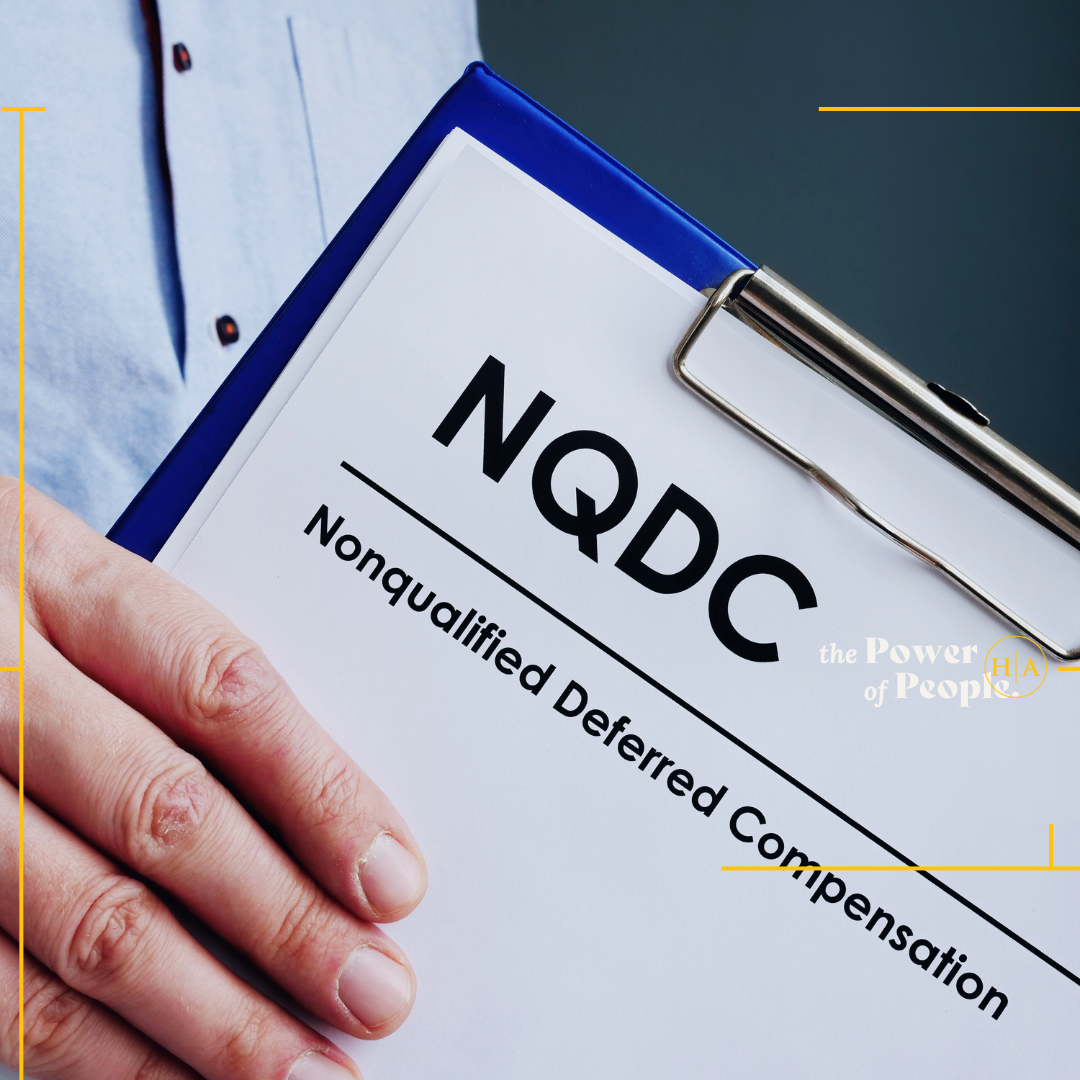Nonqualified deferred compensation (NQDC) plans allow participants to set aside large amounts of tax-deferred compensation while enjoying the flexibility to schedule distributions to align with their financial goals. However, the plans aren’t without risks so before you jump in, consider the pros and the cons.
What Makes an NQDC Plan Different?
NQDC plans differ significantly from qualified defined contribution plans. The latter allows employers to contribute on their employees’ behalf and employees to direct a portion of their salaries into segregated accounts held in trust.
In addition, qualified defined contribution plans generally allow participants to direct their investments among the plan’s available options. The plans are subject to the applicable requirements of the Employee Retirement Income Security Act (ERISA) and the Internal Revenue Code. This includes annual contribution limits, early withdrawal penalties, required minimum distributions and nondiscrimination rules.
By contrast, an NQDC plan is simply an agreement with your employer to defer a portion of your compensation to a future date or dates. Many NQDC plans provide for matching or other employer contributions, while some permit only employer contributions. Such contributions may be subject to a vesting schedule based on years of service, performance or the occurrence of an event (such as a sale).
To avoid current taxation, NQDC plans must not be “funded,” and they can’t escape your employer’s creditors. The plan is secured only by your employer’s promise to pay. It’s possible to secure funds in a special trust, but they remain subject to creditors’ claims.
What Are the Pros?
Like qualified plans, NQDC plans allow you to defer income taxes on compensation until you receive it — although you may have to pay FICA taxes in the year the compensation is earned. NQDC plans also offer some advantages over qualified plans. That is, they may have no contribution limits. Participants may enjoy greater flexibility to schedule distributions to fund financial goals such as retirement, without penalty for distributions before age 59½ or required distributions at a certain age.
From an employer’s perspective, NQDC plans are attractive because they can be limited to highly compensated employees and they don’t require compliance with ERISA’s reporting and administrative specifications. However, unlike contributions to qualified plans, deferred compensation isn’t deductible by the employer until it’s paid.
And the Cons?
The biggest disadvantage of NQDC plans for participants is that deferred compensation isn’t shielded from the claims of the employer’s creditors, possible bankruptcy or insolvency. Also, you may not be able to take loans from the plan and can’t roll over distributions into an IRA, qualified plan or other retirement account. What’s more, there are limitations on the timing of deferral elections.
Is It Right for You?
An NQDC plan offers attractive benefits, but it can be risky. Contact our firm to discuss how such a plan might affect your financial situation or whether it’s right for your company.





